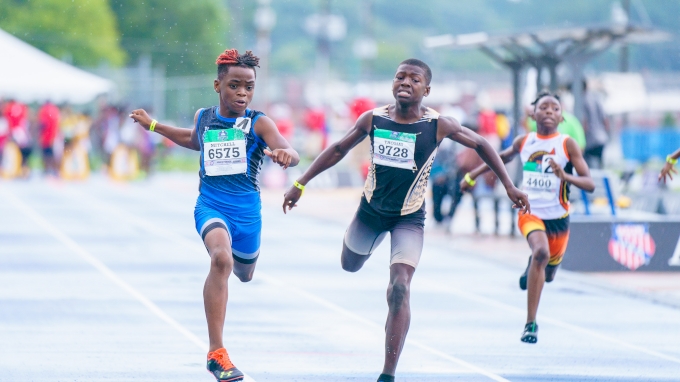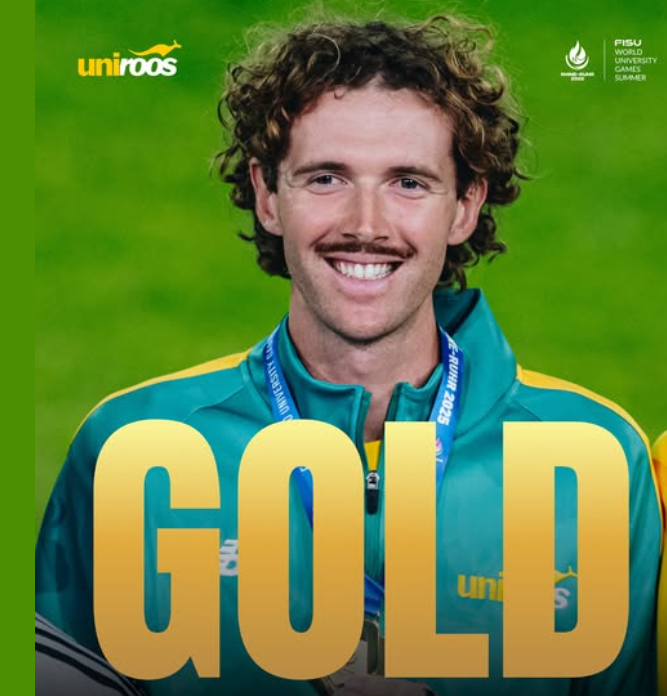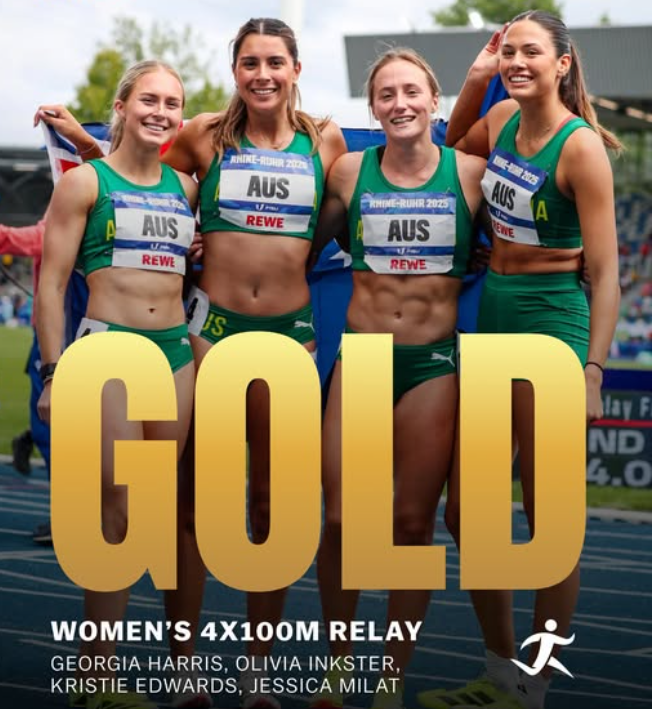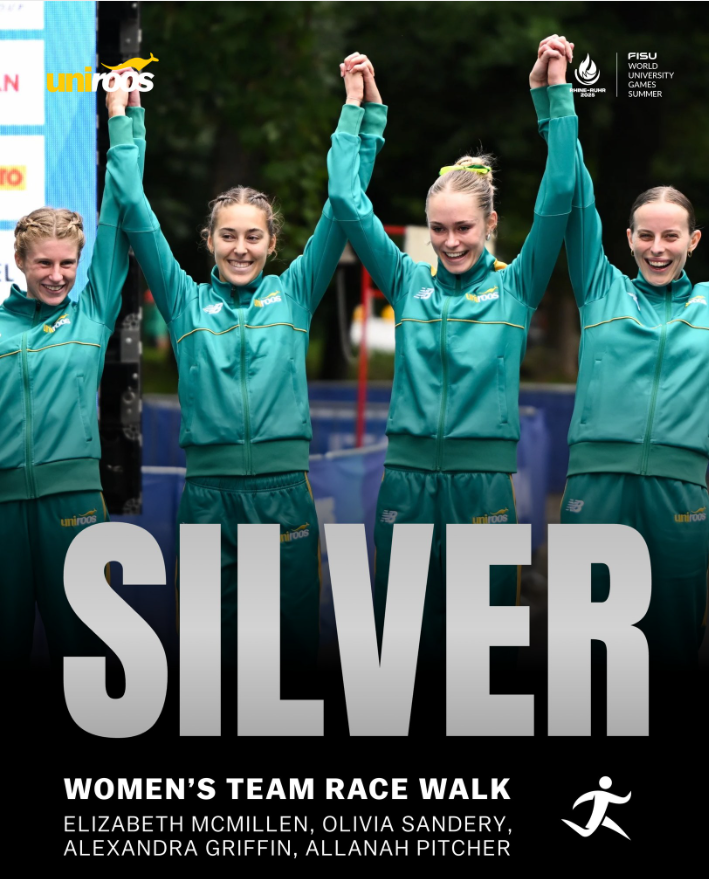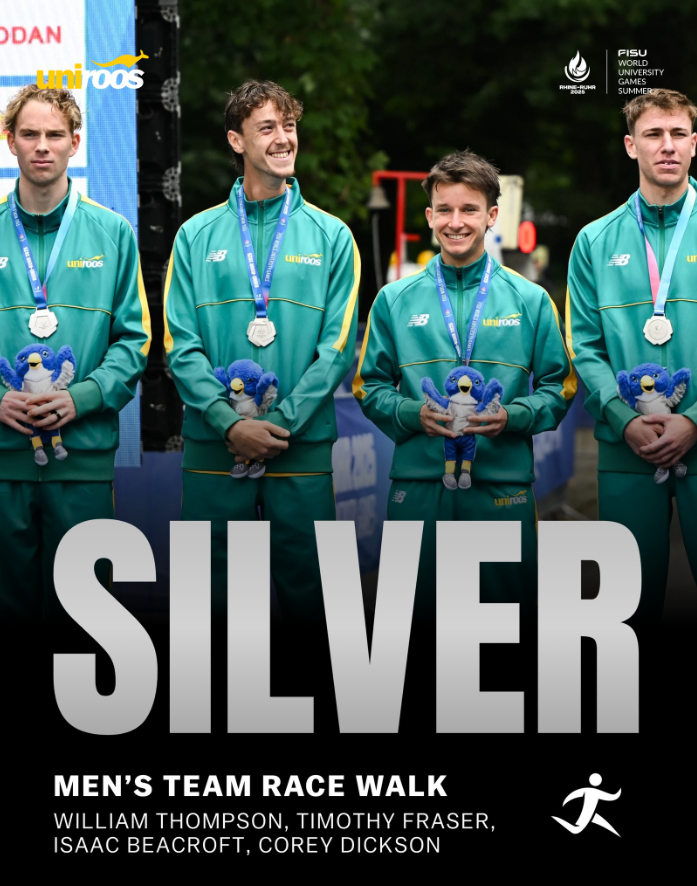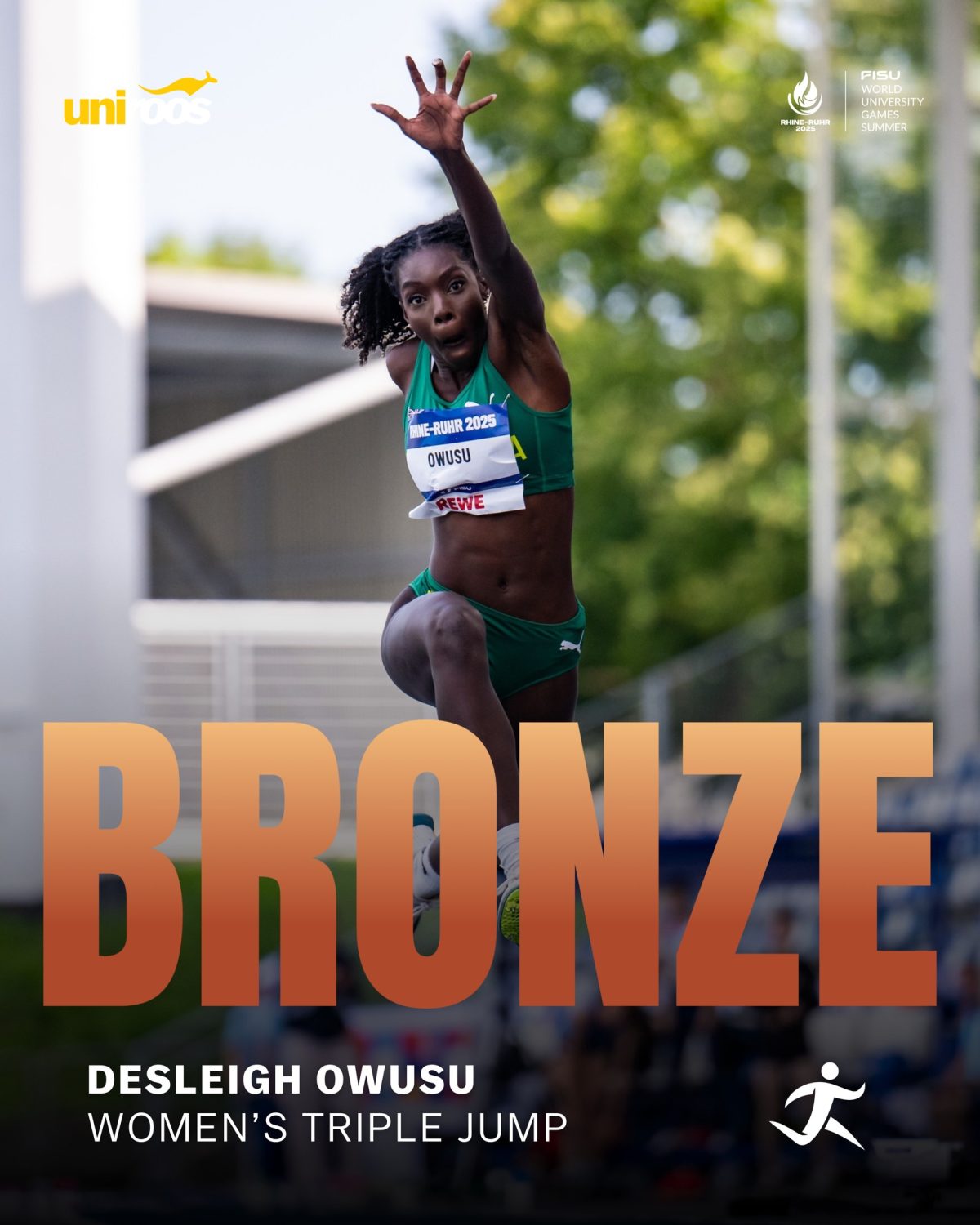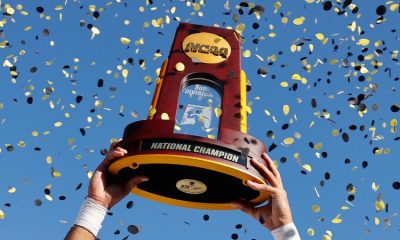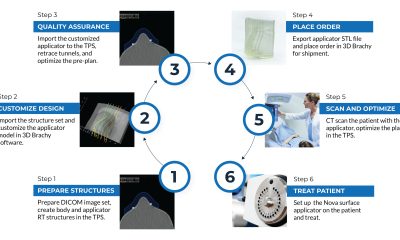With growth comes myriad challenges.
Local organizers of youth track and field are feeling the consequences, created by an upturn of participation and addition of new clubs in the sport, particularly at the USA Track and Field (USATF) level. The Podium indoor facility has contributed greatly to that since it opened its doors in December 2021 in downtown Spokane.
Early on, use at the Podium was college-oriented, but it now features an equal mix of collegiate and youth competitions. There are now four meets from December to March that youths can compete in – mostly for high school athletes but with opportunities for some middle schoolers – prior to the traditional spring season for schools.
Nearly 600 competitors took part in the first high school meet at the Podium in January 2022. Since then, the venue has grown to more than 3,000 participants each winter.
The coach of one local club – whose participation numbers have tripled in the past four years – calls the facility a “game changer.”
“ ‘Overwhelming’ is the perfect word. But it’s so good, so good,” said Anna Alsept, director of sports management for Spokane Sports and the organizer of meets at the Podium.
Summer training and competition follow for an expanded range of age groups, and area clubs are trying to keep up with the interest level created by a year-round training mindset. Thanks to the Podium, gone are the days of competitors taking the winter months off from training.
“It plays a huge role into that,” said USATF Inland Northwest President Chris Lowe of the Podium’s impact on the outdoor season. “We have a lot of clubs that come to those (outdoor) meets, so our membership has grown exponentially.”
Led by Lowe and a host of other key personnel, they are hosting two meets next month that serve as qualifiers for the USATF Junior Olympics Championships held in late July, and involve boys and girls from ages 8-18.
The first is the association meet, comprised of Eastern Washington and North Idaho athletes. That takes place June 27 and 28, and about 600 athletes are expected to take part.
That’s a precursor to the Region 13 Championships taking place July 3-6, when an estimated 1,600 athletes and 1,000 parents and fans will converge on Spokane. The footprint for that meet includes all of Washington, Alaska, eastern Oregon and North Idaho.
“There are a lot of good athletes and they’ll have good performances,” said Lowe of the meet, which will include competitors from 87 clubs as well as many unattached athletes. “Some are just coming out of their high school and middle school seasons, so that leads to a lot of good performances.”
Both meets take place at Central Valley High School, with the Junior Olympics following in Savannah, Georgia, on July 21-27.
Officially short-handed
The most pressing challenge for Lowe’s association, particularly meet director Shannon Castelda from Valley Flash Running Club, isn’t even connected to the number of competitors or the venue.
“We need to try to find enough officials, especially because the region meet is over the Fourth of July holiday,” Lowe said.
Volunteer coordinator John Delay said about 150 to 200 people are needed to host the Region 13 meet.
“I always say it takes an army of people to pull off a track meet,” he said.
“Trying to reach out to everybody has been another challenge,” Lowe said. “We’re trying to get all the information out to everybody via the website, athletic.net and sending out from the national database.”
Outside interest
Lowe notes that more athletes are using summer track and field as a training opportunity for other sports, particularly for those who compete exclusively during the school year.
Lowe remembers current Eastern Washington football player Brandon Thomas competing in track and field when he attended Central Valley to help build back his strength after cancer that resulted in amputation of his foot and the use of a prosthetic.
“Track and field pairs nicely with other sports, and every sport requires some version of running and agility,” Lowe said. “It’s very versatile in a multiple of instances.”
Beating winter
Until 2021, the biggest challenge facing Inland Northwest track and field athletes was winter, as the typical March-to-July season limited competitive opportunities. The Podium filled the void.
“It’s created the opportunity for a lot of programs and clubs to train year-round,” Alsept said. “Because of our weather, an indoor facility provides somewhere to compete and train.”
Cecil Jackson, head coach of the growing Spokane Speed Academy, calls the facility a “game changer” for the region.
“As a coach, it’s been a long-time dream of mine to get more athletes involved in track and field during the offseason,” he said. “Traditionally, our sport is tied to warmer weather, but the reality is that most outdoor meets here still require athletes to bundle up in large jackets and blankets between events. Thanks to the Podium, our athletes are now training in shorts and tank tops – in the winter.”
He said his club has grown from about 40 members to as many as 120, and gone are his days of using headlamps to shovel snow off a track to get winter workouts in for his athletes.
Podium’s origins
Eric Sawyer, long-time president and chief executive officer of Spokane Sports before he retired in 2022, still recalls the origin of the simple idea of building the Podium. He and Spokane’s Jim Murphy, a retired judge and high-level track and field official, were casually mulling over the idea of a new downtown facility, with the ultimate goal to bring more visitors to Spokane via sporting events.
“It literally started as a drawing on a napkin, and we were sketching out our ideas on what things should go where in a new indoor facility,” Sawyer said . “This is a facility-driven industry.”
Alsept was an intern for Sawyer and Spokane Sports in 2018 when plans and construction for the Podium were in the early stages. She became a full-time employee the year after that, and because of her background, organizing track and field meets became her forte.
Since then, as the facility and competitions have grown, the organization added well-known throws coach and University of Idaho standout T.J. Crater as its event operations manager. He joined a dedicated crew at Spokane Sports, which unites to streamline the efficiency of its track and field efforts.
“We have such a great crew, and it truly has been a team effort since day one,” Alsept said. “The Spokane Sports crew is all in, and we have great support from the Spokane Public Facilities District. Our officials, volunteers, Athletics Timing and so many others all contribute to the success.”
College track and field dominated the schedule in the facility the first year, but other indoor venues outside the region had encouraged Spokane to open up its offerings to high school competitors. The first Spokane High School Invitational took place on Jan. 16, 2022, and the response was overwhelming.
“We didn’t know how many would be interested, but we had 590,” Alsept said. “At the time, it seemed like a million kids. We were shocked, but it went very well.”
After four years and the addition of three more meets, participation numbers are up to 3,384, including a 33% increase from the 2023-24 season to 2024-25. The typical indoor season for youths starts with the Spokane Speed Games in December and concludes with the West Coast Championships in late February. Athletes come from throughout the Pacific Northwest and West Coast regions, as well as nearby inland states such as Montana, Utah and Nevada – and even Hawaii and Alaska.
“We had so many people tell us to put another meet on the schedule,” Alsept said. “The success of that very first meet got us going.”
In addition, the facility provides time slots for college teams and clubs to rent the facility for practices. That use by high school entities has increased nearly fourfold from the first year.
Limited space
On the downside of the growth is that Spokane Sports has had to implement entry limits on its competitions. The track has only five lanes and space for field events is limited.
Alsept said meets are already all-day, weekend affairs and more competitors would only lead to more congestion and disorganization.
“We really would want to be all things to all people and accept every single entry,” she said. “But at some point, it comes down to being able to run an efficient meet and provide a championship experience. We want them to come back, so having very large fields is not the experience we want them to have. And we have to think of our work force of officials and volunteers, so letting everybody into our meets is not sustainable.
“Unfortunately, we can’t accept every entry. We have to find ways to limit the fields, especially in field events, and I hate that we turn people away. But it’s necessary to put on a great event and provide a positive experience.”
Beyond the Podium
Outdoors, the Inland Northwest is feeling the impact of having to provide increased locations for clubs to train and competition to take place. For the Region 13 Championships, Central Valley High School fit the bill.
“The layout of the facility makes it the best one to host it,” Lowe said.
But for larger meets, such as high school state championships and national level competitions, Spokane doesn’t have an adequate facility. Once, Spokane Falls Community College and Eastern Washington University were able to accommodate larger meets, but those facilities no longer meet requirements governing bodies need.
“We have some good facilities in Spokane, but we are in need of a facility to host large-scale events,” Alsept said. “It’s disappointing to see events go other places, because the facilities we have aren’t the caliber they need.
“Our motto is if you build it they will come,” echoing the thoughts Sawyer jotted down on a napkin a decade ago. “Because of the success of the Podium and the fact Spokane is such a great running town, people tell us if we build it they are all in.”
That “build it and they will come” analogy will come to fruition this fall with the addition of the Course Spokane Valley. Built mostly through lodging tax revenue from the city of Spokane Valley, as well as other grants, the 62-acre site is on Flora Road along the Spokane River. It will be used mostly for cross country running, but can also be used as a cyclocross course.
That facility, run by the city of Spokane Valley in partnership with Spokane Sports, has lined up numerous college cross country league championship meets, including the West Coast Conference in 2025. The NCAA Division I Western Regional Championships will come to the course in 2027 and will be hosted by Gonzaga.
Spokane Sports served in an advisory role during planning of the facility, and assists in bidding for events.
Lowe said it’s only a matter of time before the cross country course is used for USATF purposes, even a national-level meet. Spokane hosted the USATF National Club Cross Country Championships at Plantes Ferry Sports Complex in December 2018.
“I know there is a want and need for us to do it, because we haven’t done much for club cross country on this side, but we’ll have to figure out the logistics of it after the facility is fully built out,” he said. “We’ll see if it’s conducive for that number of clubs and competitors.”




